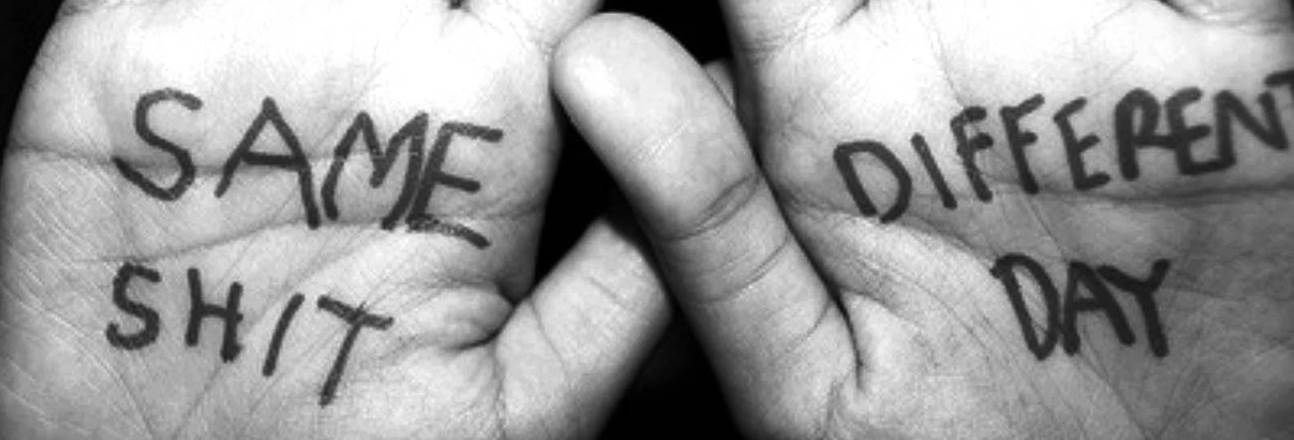It’s no secret that people naturally don’t like change. We like doing things that we are used to and comfortable with, even if we know there’s likely a better way. Actually, there’s always a better way because we are constantly searching for that better way. Within HR, the biggest changes we have been faced is with adopting technology. Software can be integrated and leveraged within every single functional area within the employee lifecycle. If you think otherwise you’re out of touch. What I have noticed during the past couple of years is the interesting connection between change and recruiting. There is just something about the art of recruiting that is different.
That “something” is…
For the most part we have been employing the same fundamental recruiting process for the past several decades. Forget about technology for a second. I am talking about fundamental recruiting. Here it goes. Step 1: organization tells the public they are hiring, whether it be through a newspaper ad, online job board, careers site or the plethora of modern posting techniques. Step 2: interested candidates apply. Step 3: organization screens resumes/applications. Step 4: organization conducts interviews. Step 5: organization picks a winner and makes an offer. Step 6: negotiation between successful candidate and organization may take place. Step 7: successful candidate starts job.

So what would happen if we change this process? What if we got rid of resumes? What if we changed how we screen applications? What if we started using psychometric assessment? What if we did group interviews? What if… what if… we can think of a million things that we could change. For all you HR Practitioners and Recruiters out there, have you attempted to change the fundamental process of recruiting in your organization before? What happened?
Here’s My Take
 My experience has been that people don’t take recruitment process change very well. It’s almost like the traditional recruitment process is part of their DNA, being unable to wrap their heads around why change is required. Even though the data is crystal clear as to where the gaps and problems lie. Again, it’s not the technology that is the problem. While theoretically, a proposed change may make sense, practically it just doesn’t jive. They literally hang on for dear life.
My experience has been that people don’t take recruitment process change very well. It’s almost like the traditional recruitment process is part of their DNA, being unable to wrap their heads around why change is required. Even though the data is crystal clear as to where the gaps and problems lie. Again, it’s not the technology that is the problem. While theoretically, a proposed change may make sense, practically it just doesn’t jive. They literally hang on for dear life.
It’s an interesting phenomenon to say the least. While technology adoption still lags behind other industries like Marketing, it’s not the technology that is the problem. The solution? Go find those old dusty binders on change management, and re-learn how fundamental people change management happens. It’ll take time, like any other change, but be patient with this one. People will need to unlearn and re-learn. Easy? Absolutely not. Achieveable? Absolutely.